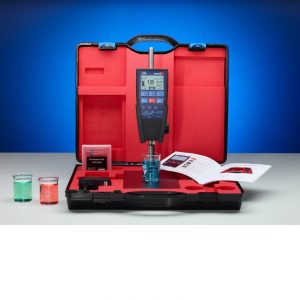Significance and method of surface tension detection of ink
It is very important to measure the surface tension of an ink because it directly affects its wettability and propagation during printing and coating. Understanding the surface tension of an ink can help us evaluate its adhesion and propagation properties on different substrate surfaces to ensure that the ink can uniformly and stably cover and adhere to the target surface during printing.
By measuring the surface tension of the ink, we can understand its wettability, propagation and printing quality in order to adjust and control the performance and application of the ink. This helps to improve the quality, consistency and reliability of prints. Please note that specific test methods and instruments may vary with different ink types and application requirements. Therefore, it is recommended to refer to relevant standards and specifications and consult professional laboratories or testing institutions for more specific and accurate advice before conducting tests.

Method of test
Drip method: Apply a drop of water to a surface that has been coated with ink. Observe the behavior of water droplets on the ink surface, including whether water droplets rapidly expand, spread or gather into beads, etc. If water droplets spread quickly and evenly on the ink surface, this indicates that the surface tension of the ink is low. If water droplets accumulate into beads on the ink surface or cannot be evenly distributed, this indicates that the surface tension of the ink is high.
Significance and method of surface tension detection of ink
Static equilibrium method: The surface tension is determined by measuring the balance between the liquid surface tension and the force in the vertical direction using a balance dynamometer or surface tensiometer. To measure the surface tension of the liquid on the surface of the ink, the immersion method or stripping method of the dynamometer can be used.
Contact Angle measurement: Use a contact Angle measuring instrument (such as a contact goniometer) to measure the contact Angle formed when ink comes into contact with other liquids (such as water). Based on the size and shape of the contact Angle, the surface tension of the ink can be indirectly assessed. Smaller contact angles indicate lower surface tension, while larger contact angles indicate higher surface tension.
These methods can help to assess the surface tension of the ink. It should be noted that the surface tension may be affected by factors such as temperature, humidity and ink composition. Therefore, when conducting tests, environmental conditions should be controlled and recorded as much as possible, and standardized methods should be referred to for operation. If a more accurate and professional assessment is required, it is recommended to consult a professional laboratory or testing agency who can provide a more detailed test and analysis.
